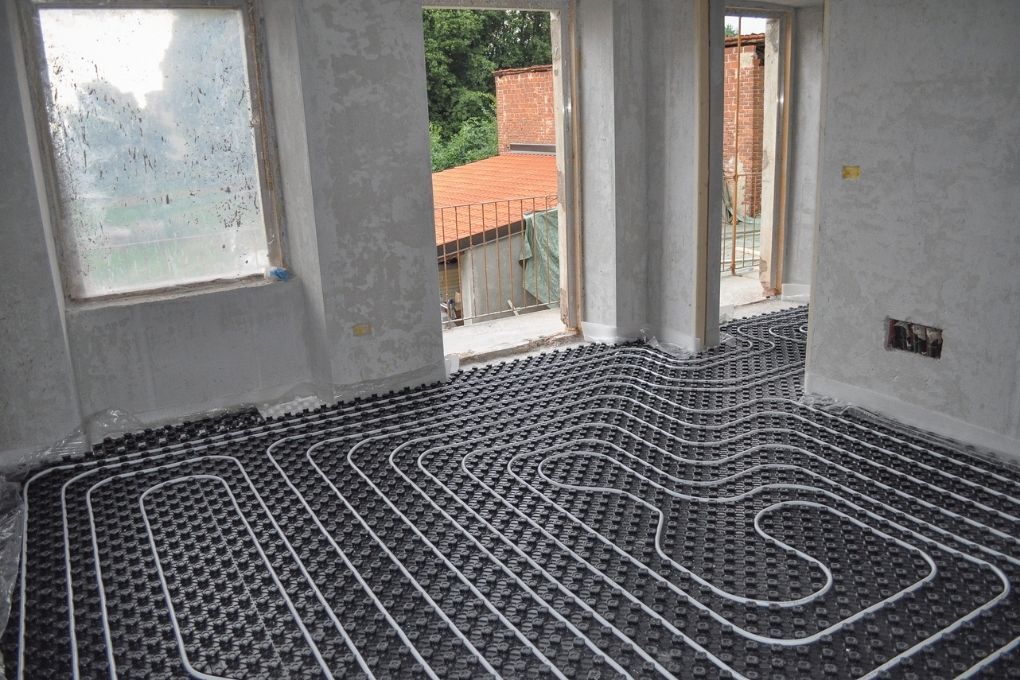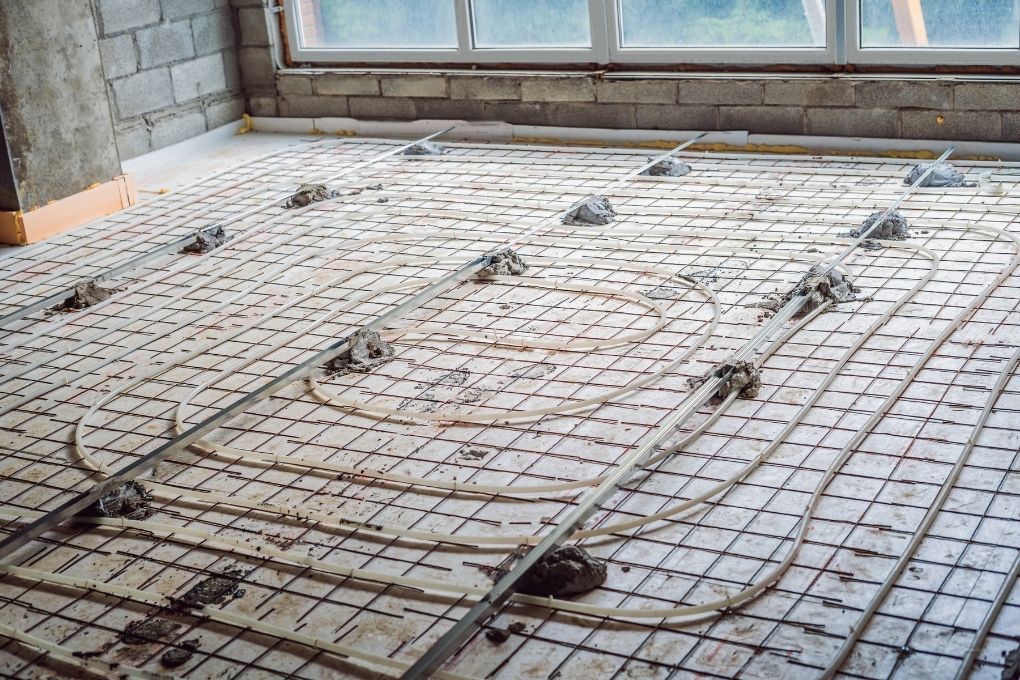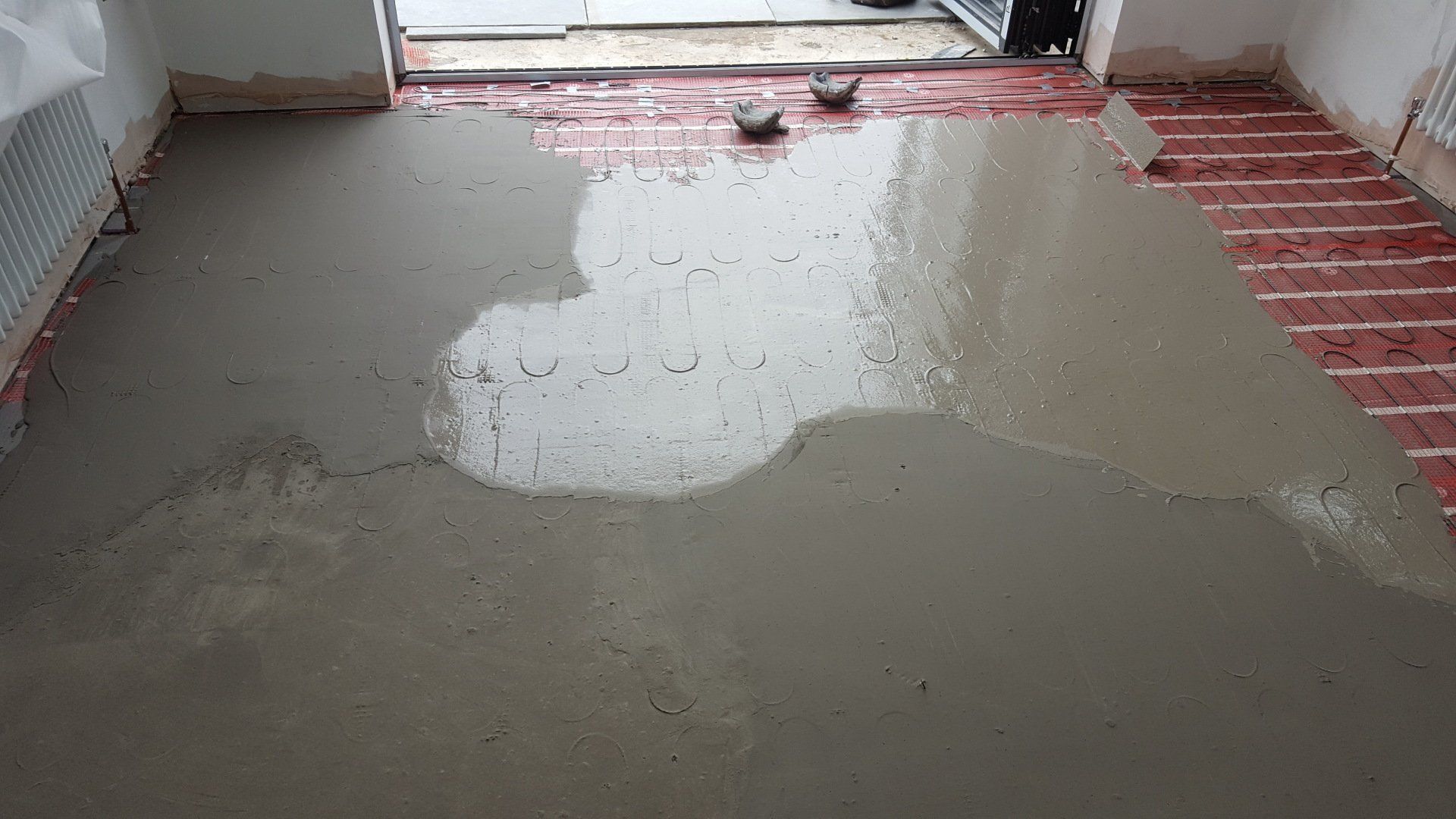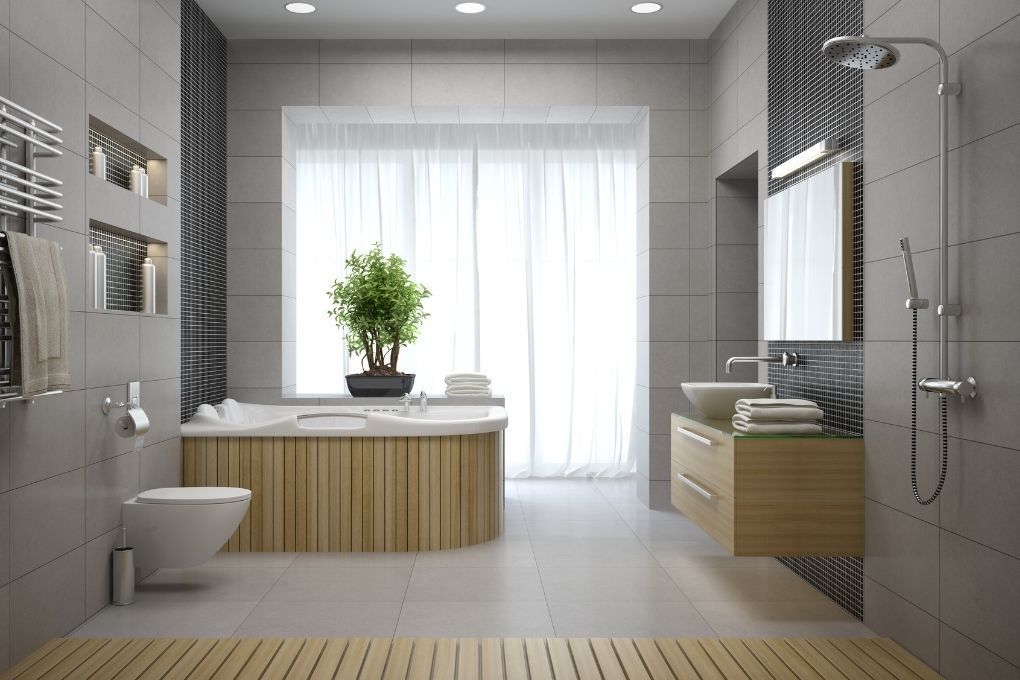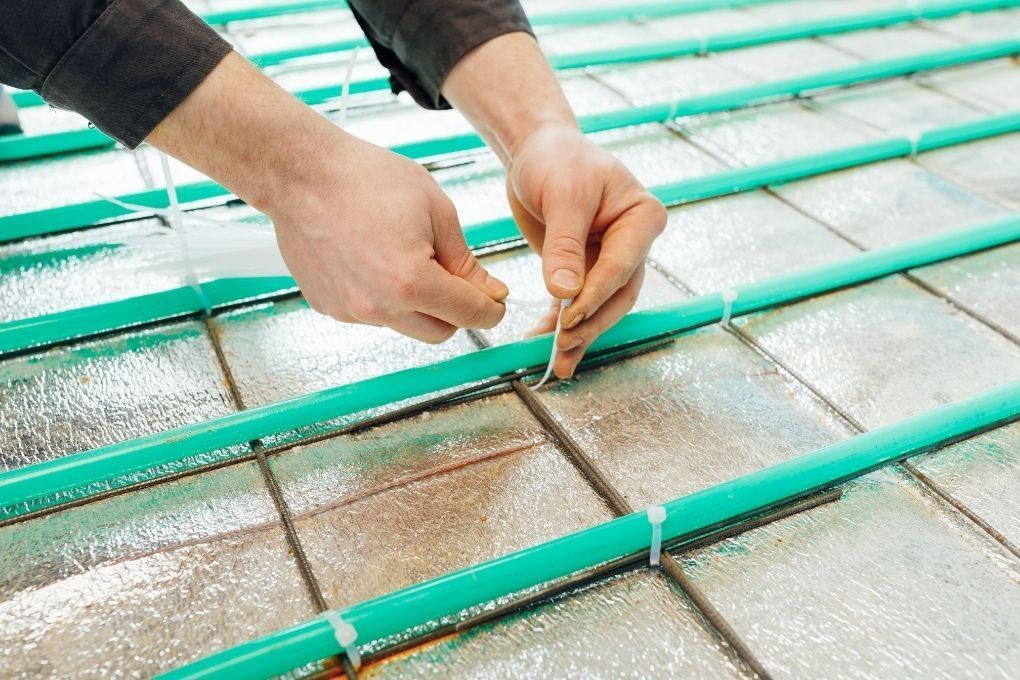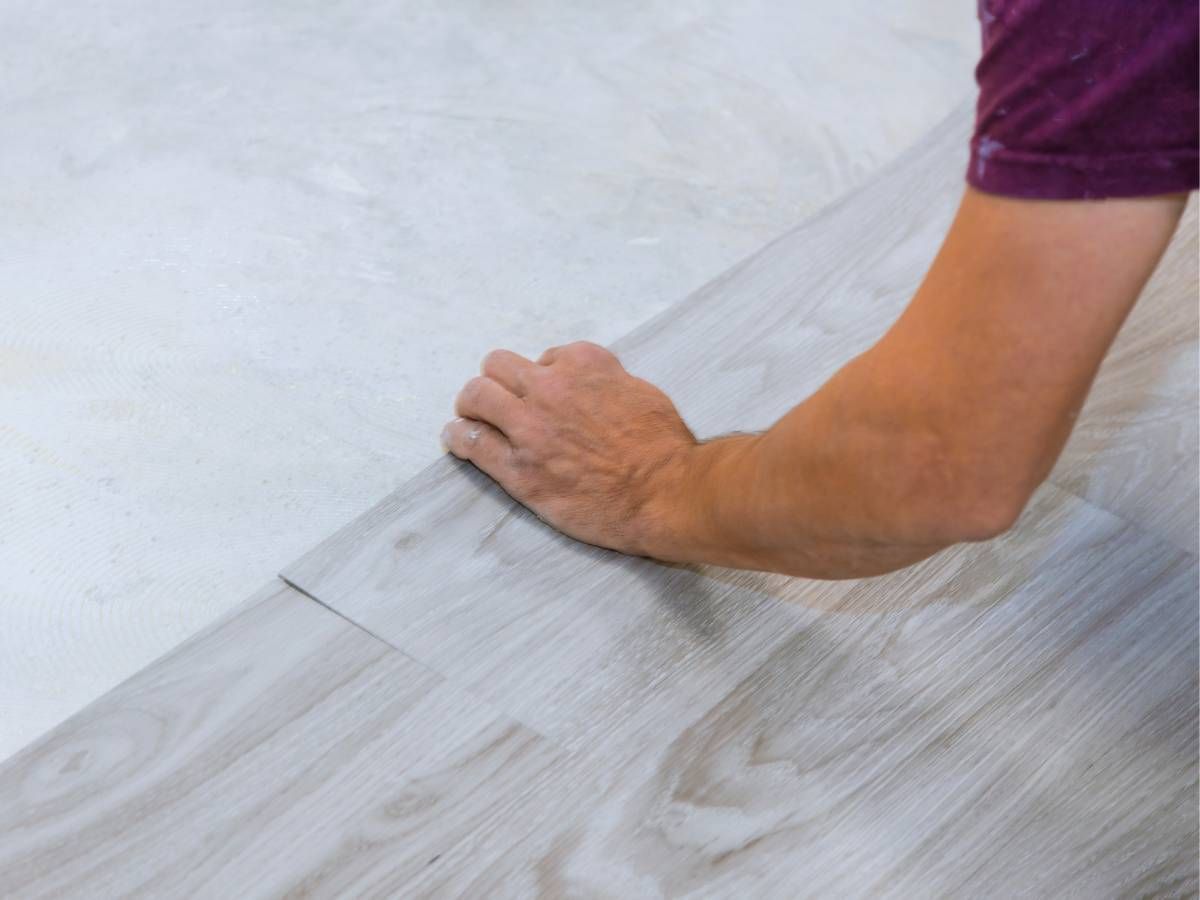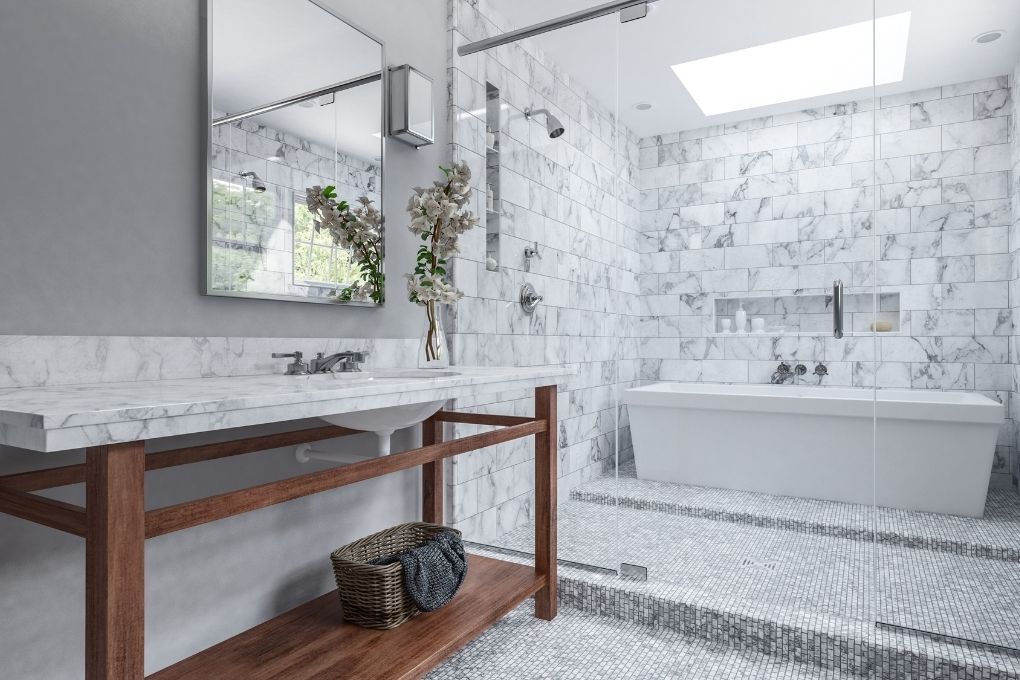UNDERFLOOR HEATING DERBY
LOOKING FOR A COMPANY TO SUPPLY & INSTALL UNDERFLOOR HEATING IN DERBY?
IF SO, GET IN TOUCH WITH DERBYSHIRE FLOORING SPECIALISTS TODAY FOR A FREE QUOTE
GET A QUICK FREE UNDERFLOOR HEATING QUOTE
SEND 24/7
Derbyshire Flooring Specialists underfloor heating
UNDERFLOOR HEATING INSTALLERS
Underfloor Heating is often specified as part of or a wet room installation as it will keep a minimalistic look to the room by eliminating the need for radiators. It also provides a pleasant feel underfoot in bare feet too!
However, it is becoming more popular in other rooms around the house such as kitchens and living rooms too.
At Derbyshire Flooring Specialists we are well versed in installing underfloor heating in bathrooms, wet rooms and indeed any room or area of the house wherever you want.
The reason why underfloor heating is so popular in wet rooms is that ceramic tiles provide one of the best materials for heat transfer, which is good news as we install ceramic floor tiles too, so we are able to provide a complete surface. Installing underfloor heating in a living room under a carpet will not be best use of your underfloor heating but LVT flooring will be ideal. We can advise on where you can make the best use of underfloor heating and what flooring finishes will get you the best results for your budget.
Floor preparation and selecting certain tiles and floor types will maximise the efficiency of your underfloor heating. The better the conducting properties of your floor the better the heat transfer. We can advise and provide you with suitable floor options that will maximise the energy transfer of your underfloor heating system. Floor preparation, floor levelling and suitable
floor screeding will be vitally important in providing an efficient system which we can all provide.
UNDERFLOOR HEATING INSTALLERS NEAR ME
If you're looking for an underfloor heating installer near me, please get in touch with us as we can provide a complete flooring service
OPTIONS FOR UNDERFLOOR HEATING IN DERBY
There are two main types of underfloor heating: water underfloor heating and electric underfloor heating. Water underfloor heating has historically been the most popular, especially when fitting a complete floor of a property. This is mainly due to the lower ongoing running costs as the warm water which runs through the pipes is fed from the central boiler system. However, there is a much higher installation cost for water underfloor heating so in a number of instances, this has meant that this option have not been feasible.
With the government’s decision to phase out the installation of gas boilers in new homes from 2025 the rise in electric underfloor heating is likely to continue to rise. Even though the running costs are higher than water underfloor heating the installation is much less and means that this is a much more affordable option – especially when considering this heating option as part of your wet room upgrade. If you have or planning to utilise renewable energy sources such as solar for your property then electric underfloor heating will be the ideal choice.
ELECTRIC UNDERFLOOR HEATING
The process for laying and connecting electric underfloor heating is much simpler and hence the lower installation costs. Where your floor is a regular shape utilising a Stickymat underfloor heating systems will speed up the process where the electric cabling is pre-set into a rectangular mat that can simply be rolled into place. It is however important that the floor is level and this may often involve setting the electric wiring into screed to ensure that a flat surface is created for the tiles which will maximise heat transfer.
If you have an irregularly shaped floor space then loose wire underfloor heating system will be required or one which utilised a fixing membrane that can easily be re-configured. Utilising a fixing membrane will be a better option if there is likely to be a little movement in the subfloor. Either of the loose wire systems will allow our team to lay the wire around the room and around fixtures and fittings such as toilets, baths and cabinets. Since the electric cabling is much thinner than the pipes required to allow water to flow through a water underfloor system the loss of room height will be less for an electric system which is another benefit.
UNDERFLOOR HEATING NEAR ME
If you're looking for electric underfloor heating near me, please get in touch with us as we can supply and install both the underfloor heating and floor finish of your choice.
WET UNDERFLOOR HEATING
Wet underfloor heating is also known as water or hydronic heating. It involves small pipes that carry heated water, similar to radiators, along the floor to heat the flooring surface. The pipes used in wet underfloor heating are thicker than electric cables and will increase the floor height, especially when insulating boards are added. Retrofitting a hydronic system requires extensive work on the existing floor to minimize the height difference. As a result, water underfloor heating systems are more commonly installed in new build properties or across an entire floor of a house where the floor level is consistent.
The steps for installing a wet underfloor heating system can vary, but generally involve the following process. First, the existing floor is prepared by removing any old floor coverings and ensuring the subfloor is clean and level. Next, insulation boards are laid to improve the efficiency of the heating system. Then, the underfloor heating pipes are laid out in a circuit pattern across the floor, ensuring adequate spacing between the pipes. The pipes are then connected to the boiler or heat source, and a pressure test is conducted to check for any leaks. Finally, a layer of screed or flooring is applied over the pipes to provide a smooth surface for the finished floor covering - ideally ceramic floor tiles or LVT to maximise the efficiency of the system.
MOST COMMON UNDERFLOOR HEATING QUESTIONS:
Derbyshire Flooring Specialists Underfloor Heating Installer Service:
Underfloor Heating Derby , Underfloor Heating Ripley , Underfloor Heating Heanor , Underfloor Heating Belper, Underfloor Heating Borrowash, Underfloor Heating Castle Donington, Underfloor Heating Melbourne, Underfloor Heating Alfreton, Underfloor Heating Sommercotes, Underfloor Heating South Normanton, Underfloor Heating Allestree, Underfloor Heating Quarndon,

